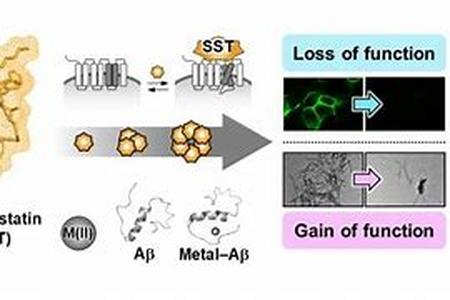
The Rhubarb Root Herb Comes From The Plant, Rheum Palmatum L. Of The Plant Family, Polygonaceae. Commonly Known As Turkish Rhubarb, This Plant Has Been Used In Many Early Civilizations As A Tonic To Improve Digestion And Loss Of Appetite. Health BenefitsTea Made From The Rhubarb Root Herb Is Bitter In Taste But Rich In Tannins. The Substance Tannin Can Increase The Flow Of Saliva And Gastric Secretions. Also, Tannin May Also Be Used As An Astringent Or Stomachic At A Low Dosage To Stop Diarrhea.Formerly, The Rhubarb Root Herb Was Used In Many Army Camps As An Important Drug To Stop The Deadly Scourge Of Dysentery In Its Tracks. The Rhubarb Root Herb Contains Many Anthraquinones. If Taken At A Higher Dosage, The Herb Functions As A Safe And Effective Laxative. Thus, The Rhubarb Root Herb Is A Fine Example Of An Herb That Can Be Used For Opposite Purposes, Depending On The Dosage.The Pharmocopoeia In Germany Has Accepted Rhubarb Root Herb In Its Lists Of Herbs Beneficial For The Digestive And Excretory Systems. German Physicians Recommend Rhubarb Root Herb To Help The Patient Overcome Constipation And Other Disorders In Which Defecation With A Soft Stool Is Desired, E.g. Anal Fissures, Hemorrhoids, And After Rectal Operations. For Stomach And Bowel Catarrh, A Small Dose Of The Herb Is Also Suggested.In Todays Herbal Supplement Industry, Rhubarb Root Herb Is Mostly Marketed As A Laxative. It Is A Component In Many Choleretic Drugs, Which Work By Increasing The Flow Of Bile Into The Intestines. For This Reason, Rhubarb Root Herb Is Also Recommended In Cases Of Liver And Biliary Disorders That Often Cause Constipation.The Rhubarb Root Herb Is Said To Contain Many Active Glycosides. When Taken Internally These Glycosides Are Hydrolyzed In The Gut Into Their Aglycones At Least In Part By The Action Of Bacterial Enzymes. These Aglycones In Turn Influence The Water And Electrolyte Transport In The Colon, Thus Creating A Laxative Action.In China, Rhubarb Root Herb Is Used To Treat Toothaches. It Is Also Said To Improve Bleeding Ulcers Up To 90 Within A Few Days. This Therapeutic Claim Is Based On A Study With 312 People With Ulcers And Treated Using Rhubarb Root Herb.Active ConstituentsRhubarb Root Herb Contains: 3-12 Anthraquinones Including 60-80 Chysophanol, Emodin, Aloe-emodin, Rhein, Physcionin, Citreorosein, Chrysophanol 1, Emodin1, Aloe-emodin, 8-glucoside; 10-25 Dianthraquinones; Sennosides A, B, C, D, E, And F; Naphtalins; 1 Stilbenes; 5-10 Tannins; And 2-3 Flavonoids Including Rutin And Several Polyphenols.TOTAL WORD COUNT - 420KEYWORDS "Rhubarb Root Herb" - 14 (density 3.3)





